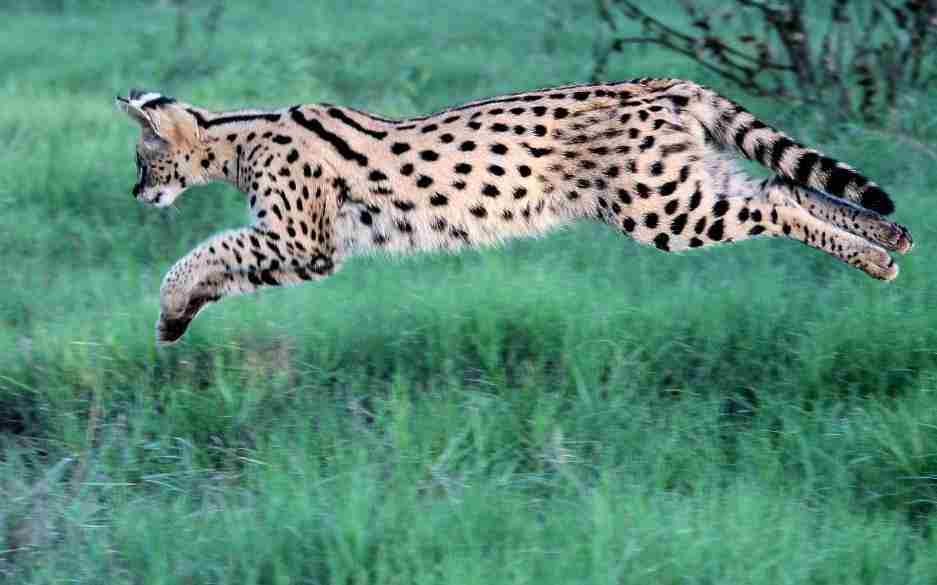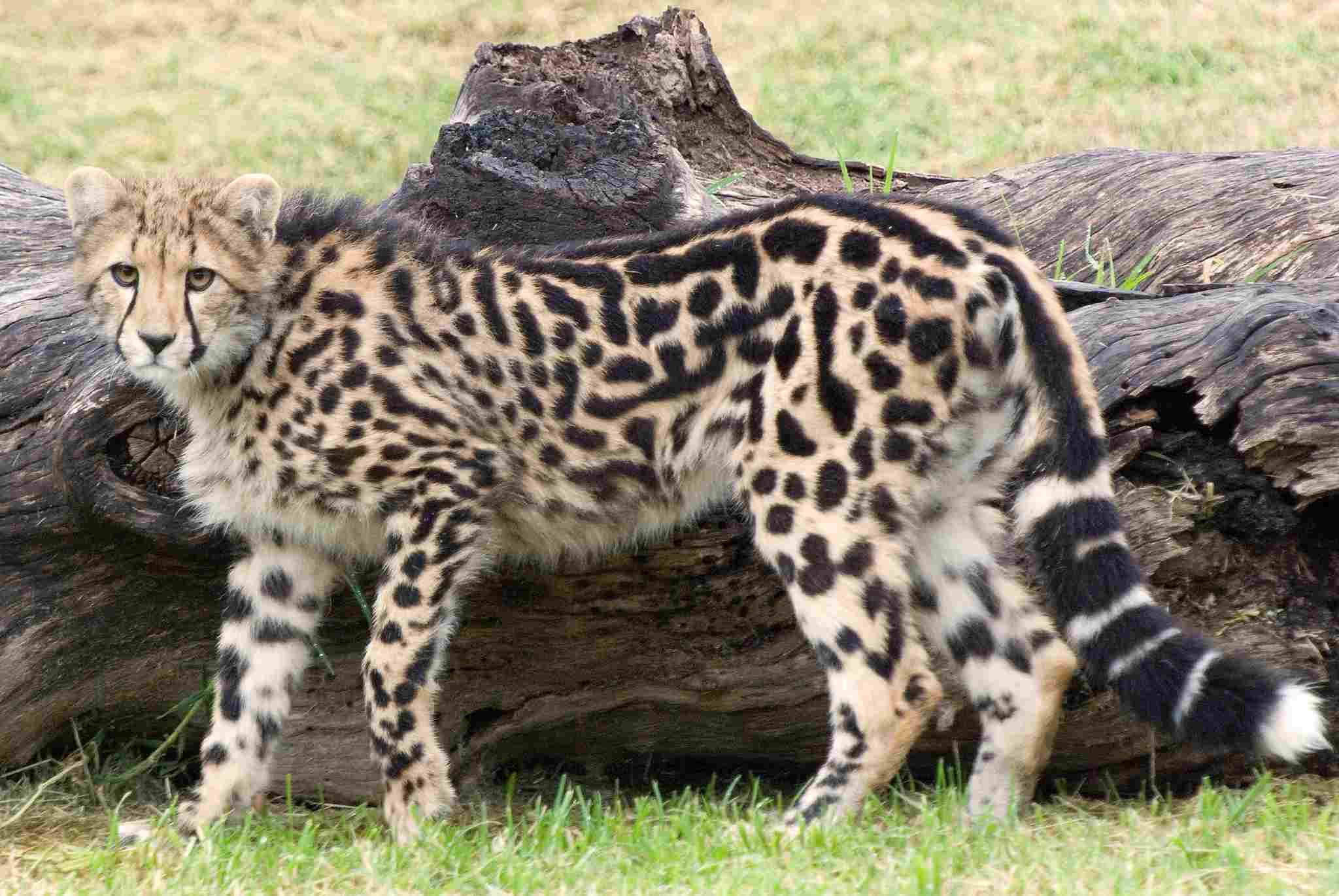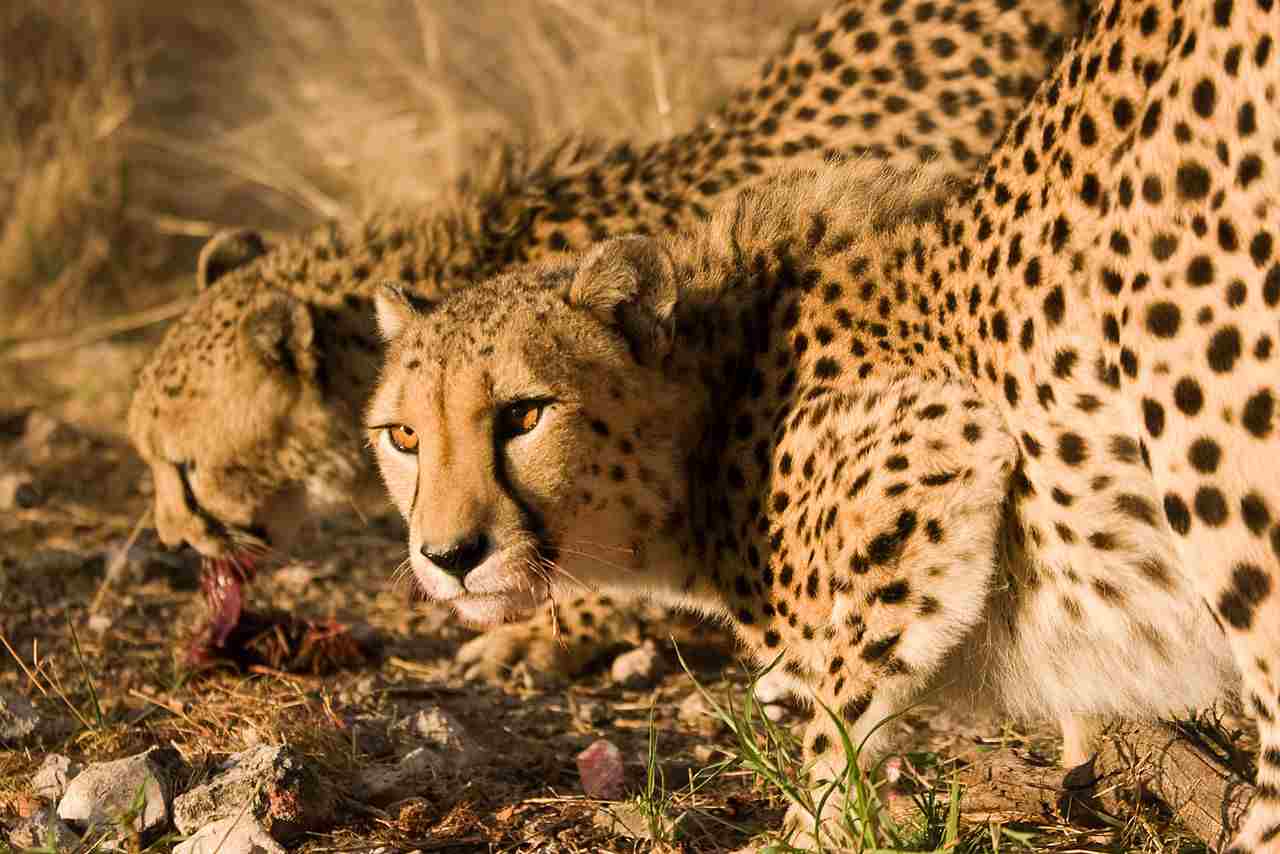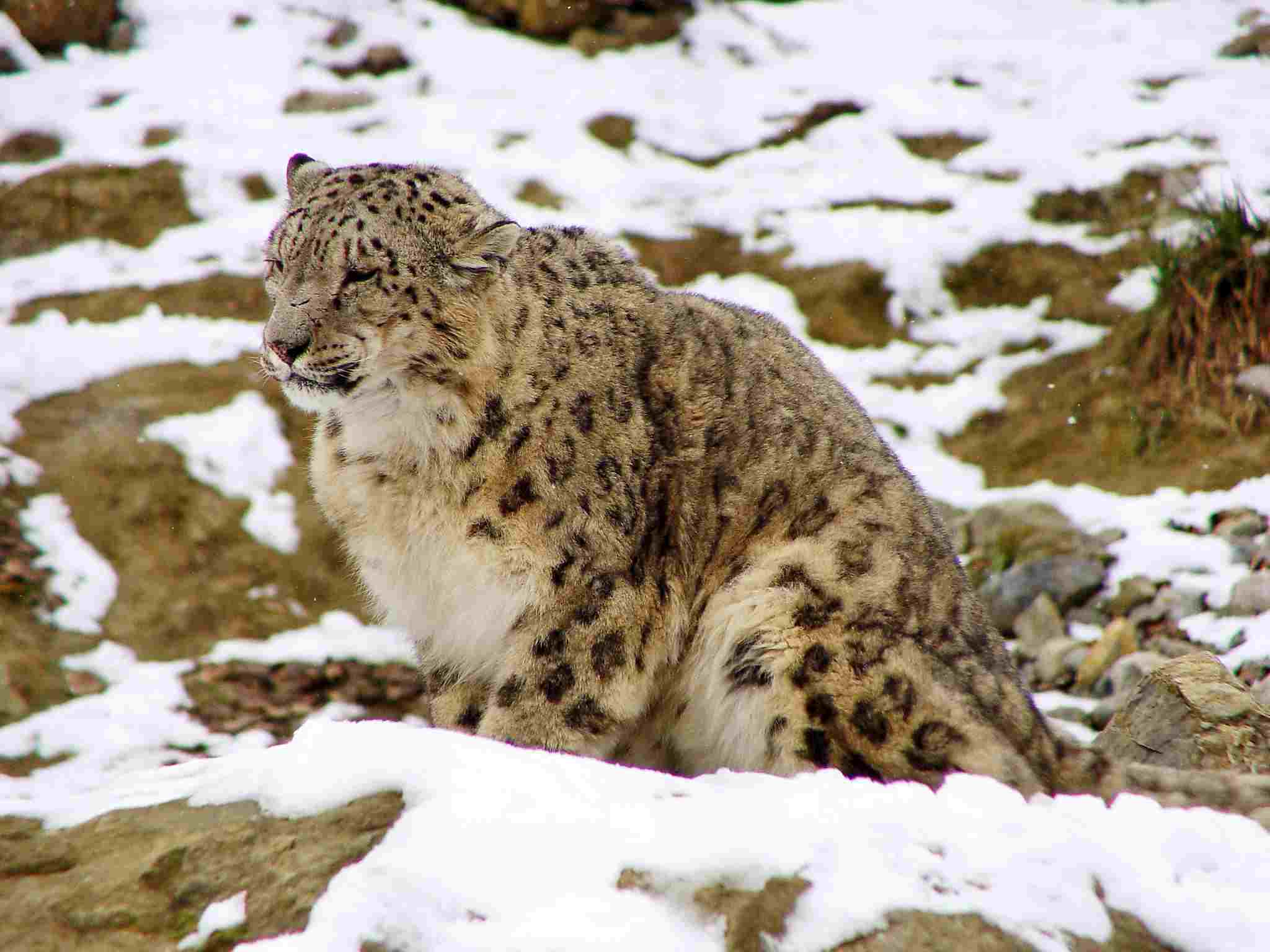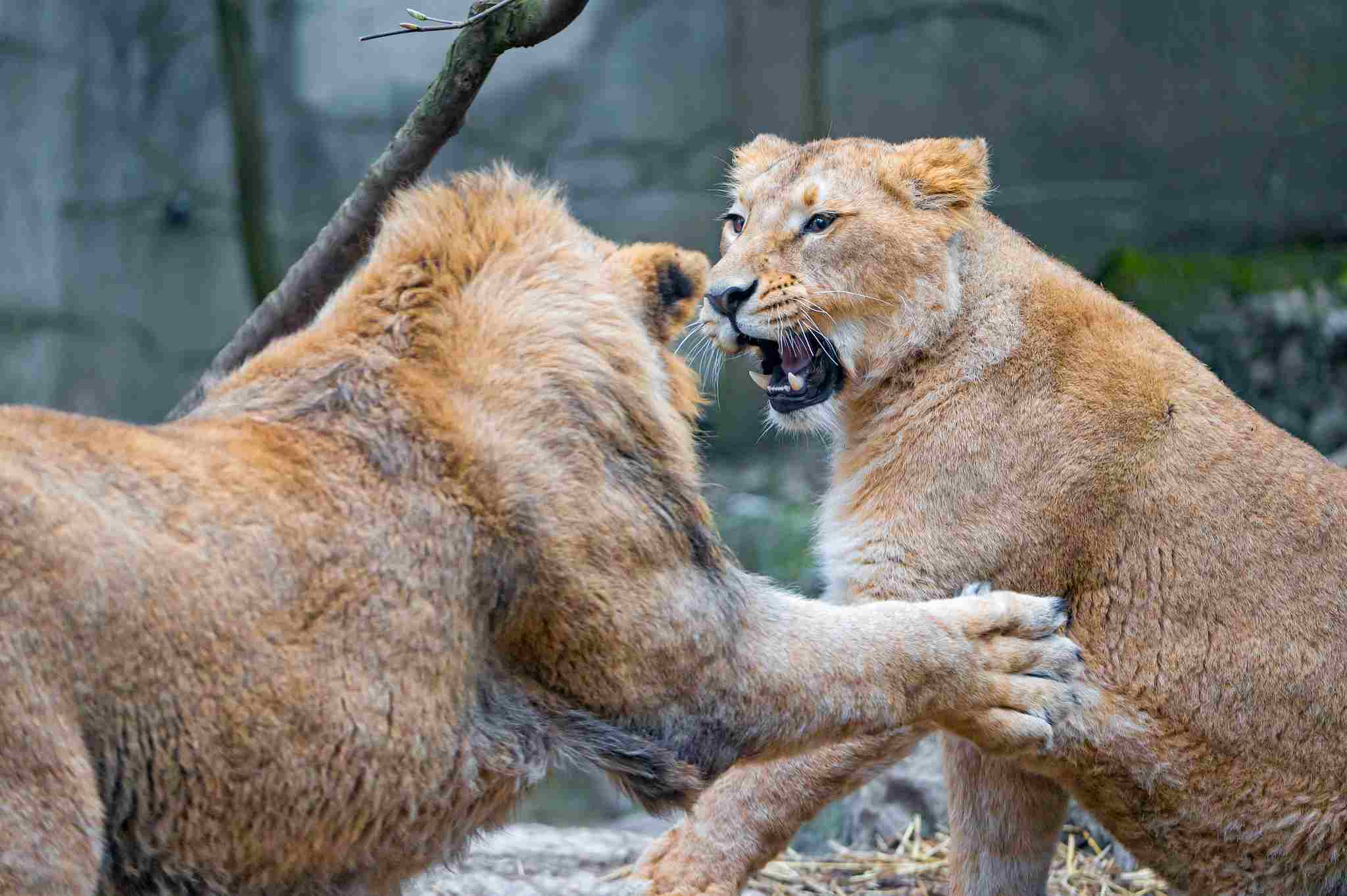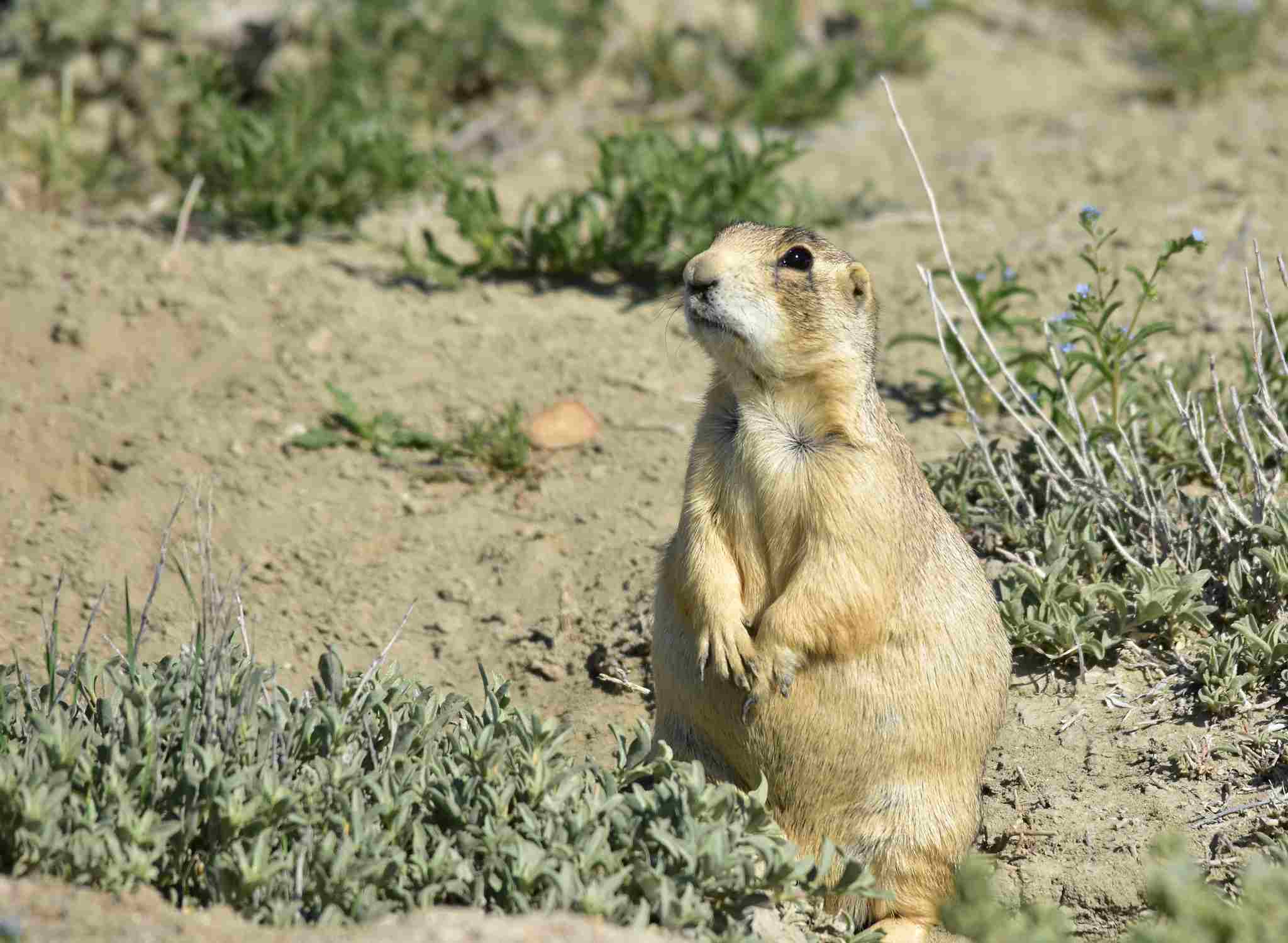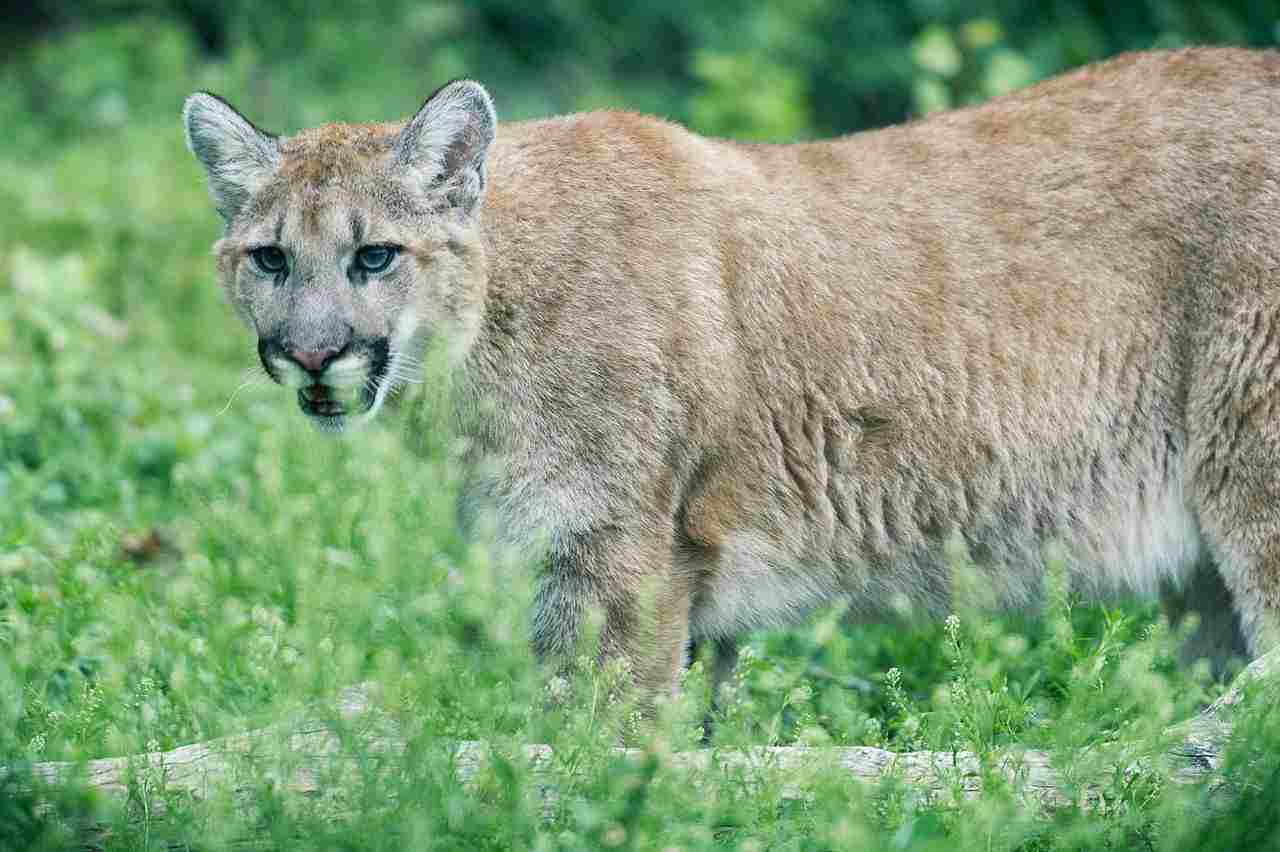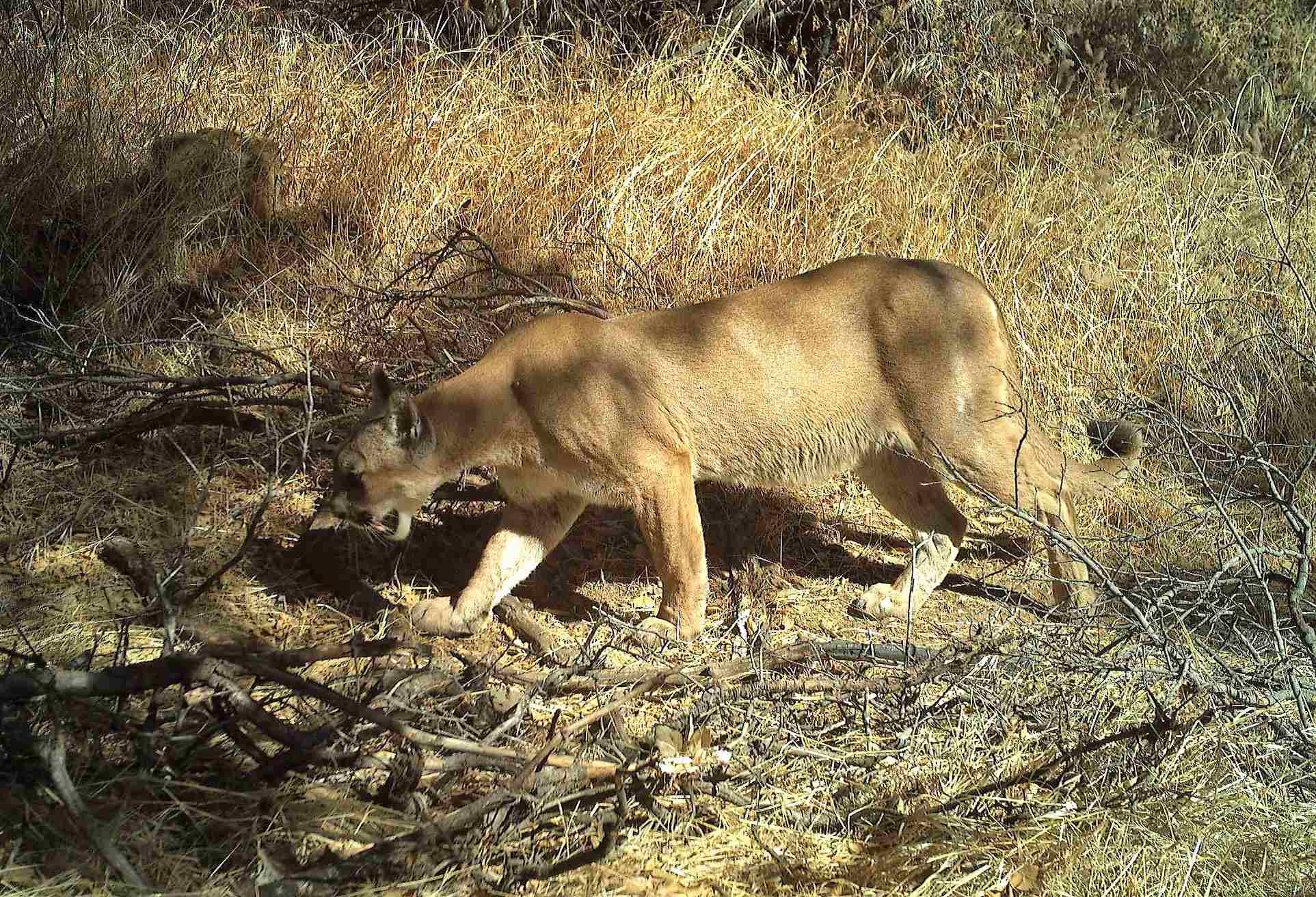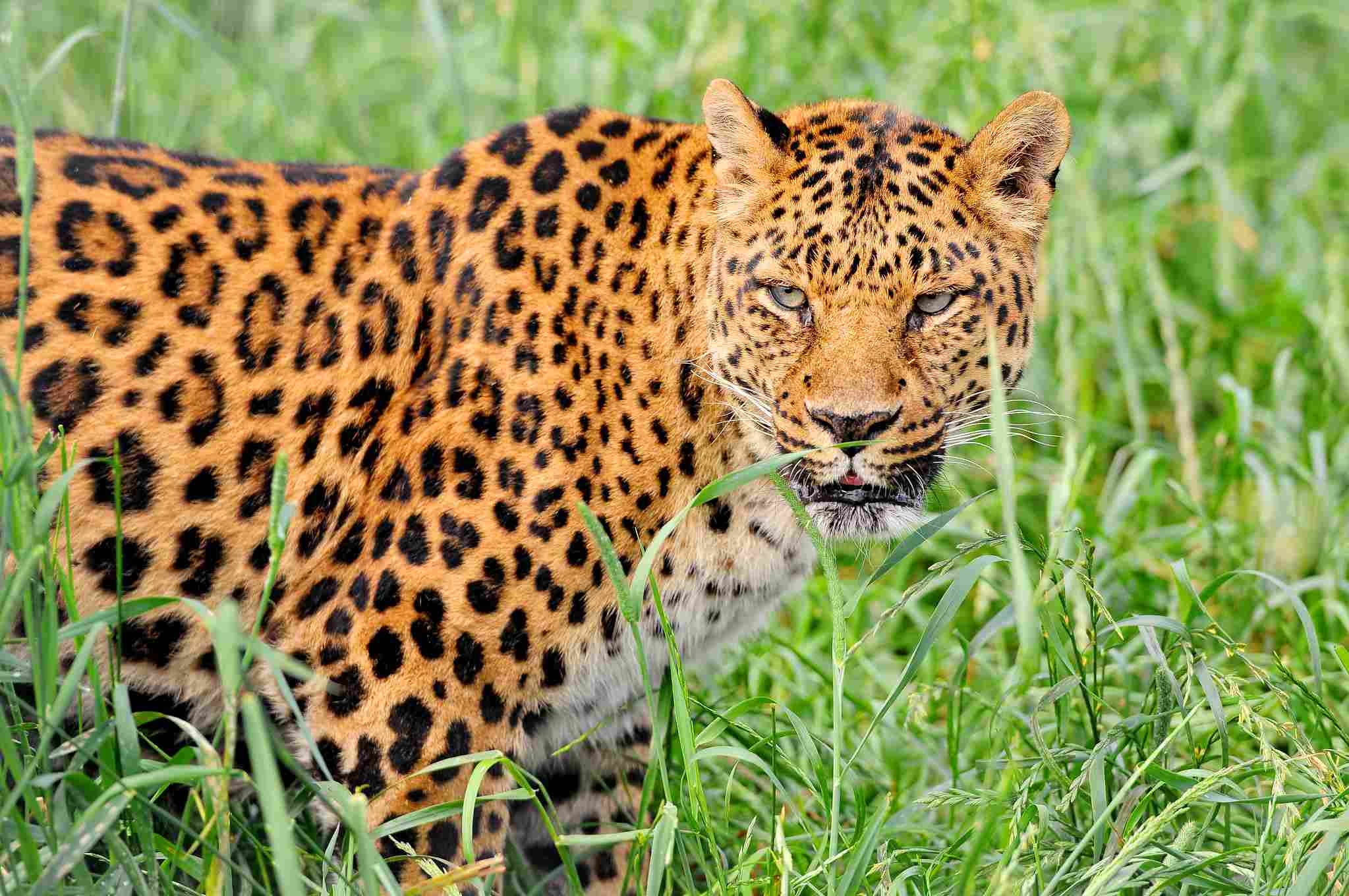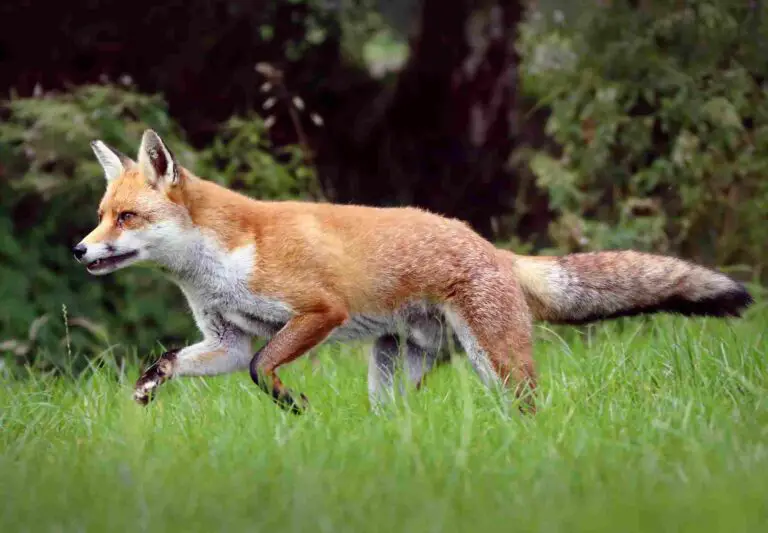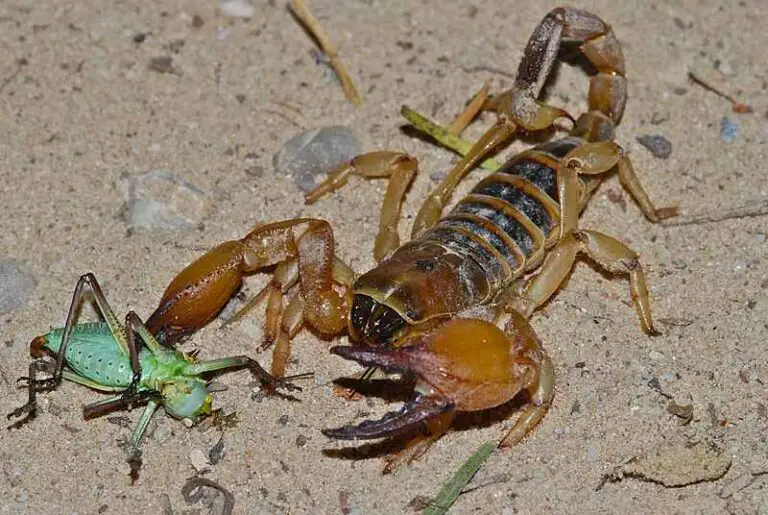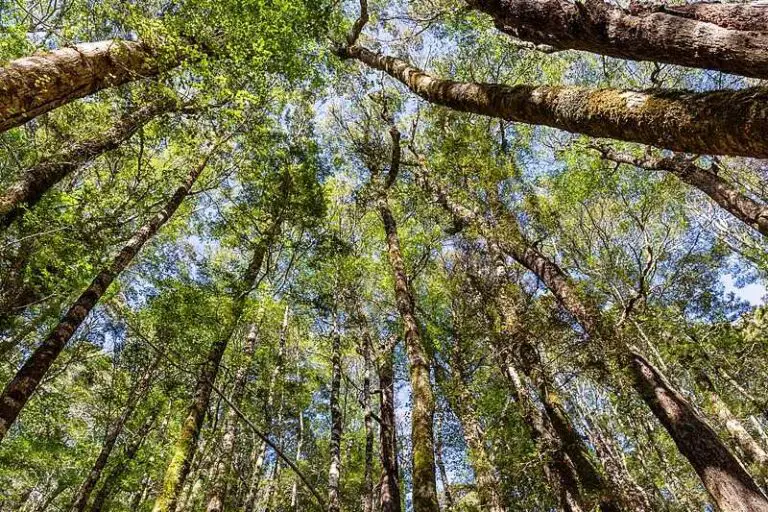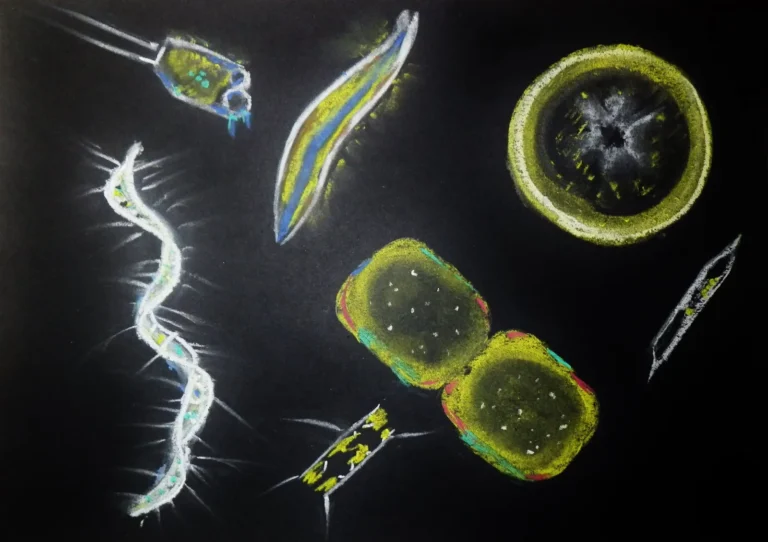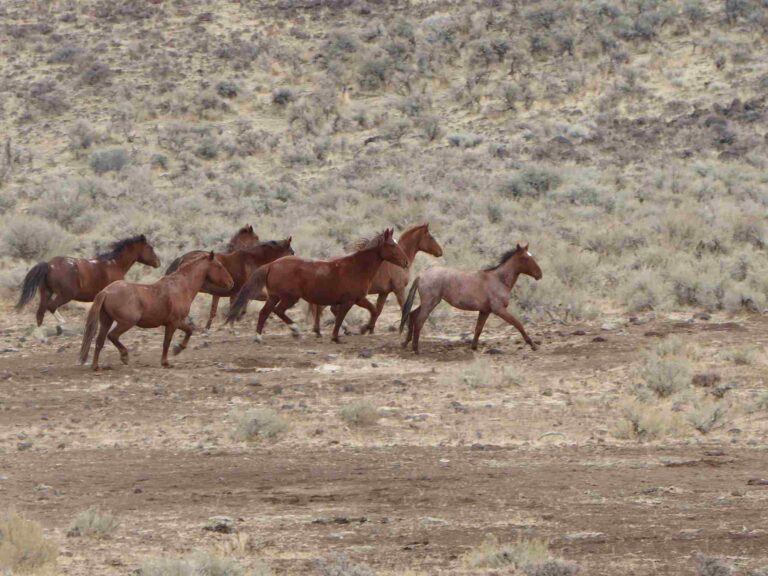13+ Predators In The Savanna Ecosystem And Their Characteristics
Examples of predators in the savanna include lions, leopards, cheetahs, and African wild dogs. Lions are the largest predators and live in prides, while leopards are solitary and use trees to hide their kills. Cheetahs are the fastest land animals, relying on speed to hunt, and African wild dogs are highly social with unique coat patterns. Each predator plays a crucial role in maintaining the balance of the savanna ecosystem, but they all face threats from habitat loss and human-wildlife conflict. Conservation efforts are crucial to ensure their survival in the wild.
1. Lion
Lions, often called the “king of the savanna,” are the largest predators in this ecosystem and play a crucial role in maintaining the balance of the food chain. They are known for their impressive manes, which can vary in color from golden to black and serve as a signal of health and dominance. Lions live in groups called prides, which typically consist of related females, their offspring, and a small number of males. These social structures allow lions to work together to hunt large prey, such as zebras, antelopes, and buffalo, which they might not be able to catch alone.
Male lions have an additional role in protecting the pride from threats like rival males or other predators. This protective behavior often leads to aggressive confrontations with other groups or individual predators in the savanna. Despite their fearsome reputation, lions face many threats in the wild, including habitat loss and conflicts with humans. Conservation efforts are crucial to ensure these majestic creatures continue to roam the savanna, preserving the intricate balance of this diverse ecosystem.
2. Leopard
Leopards are the elusive and adaptable felines of the savanna, known for their beautiful spotted coats and incredible climbing abilities. They are solitary creatures, typically found alone except for brief periods during mating or when a mother is raising her cubs. This solitary lifestyle helps leopards remain stealthy and inconspicuous, allowing them to thrive in a variety of habitats. In the savanna, they often use trees to hide their kills from scavengers like hyenas or lions, dragging their prey up into the branches for safekeeping.
Leopards are opportunistic hunters with a diverse diet that includes antelope, birds, and small mammals. Their adaptability is a key to their survival; they can hunt during the day or night and are equally comfortable on the ground or in the trees. This adaptability also makes them more resilient to changes in their environment, but they still face threats from habitat loss and human-wildlife conflict. Conservation efforts are necessary to ensure these elusive predators continue to roam the savanna.
3. Cheetah
Cheetahs are the fastest land animals, renowned for their incredible speed and agility, reaching up to 60 miles per hour in short bursts. This speed is a crucial adaptation for life in the savanna, where they primarily hunt swift prey like gazelles and impalas. Unlike other big cats, cheetahs rely on their speed rather than stealth or strength, using bursts of acceleration to chase down their targets. They have slender bodies, long legs, and a lightweight build that allow them to achieve these high speeds, but they lack the raw power of other predators like lions or leopards.
Cheetahs are generally solitary, though males may form small groups called coalitions, usually consisting of brothers. Unlike other big cats, they don’t have retractable claws, which helps them maintain traction during high-speed chases. Despite their speed and agility, cheetahs are vulnerable to larger predators like lions and hyenas, which often steal their kills. This vulnerability, along with habitat loss and human conflict, has led to a decline in cheetah populations. Conservation efforts are focused on protecting their habitats and reducing conflicts with humans.
4. African Wild Dog
African wild dogs, also known as painted dogs, are social predators distinguished by their unique coats adorned with irregular patches of black, white, and brown. These patterns are as unique as human fingerprints, allowing researchers to identify individuals. Wild dogs are highly social animals, living in packs with strict hierarchies and cooperative hunting behaviors. They use complex vocalizations to communicate during hunts and maintain pack cohesion. Their coordinated hunting strategy allows them to take down larger prey like wildebeest and zebras, often in long pursuits that test their stamina.
The African wild dog is one of the most endangered predators in the savanna, with population numbers dwindling due to habitat fragmentation, human-wildlife conflict, and diseases spread by domestic animals. Conservation efforts are critical to ensure the survival of these unique predators. Efforts focus on protecting their habitats, reducing conflicts with humans, and raising awareness about the species’ ecological importance.
5. Hyena
Hyenas are versatile and resourceful predators in the savanna, known for their strong jaws and complex social structures. Spotted hyenas, the most common type in the savanna, live in large clans led by a dominant female, with a strict hierarchy and cooperative behaviors. They are highly intelligent animals with advanced communication skills, using a wide range of vocalizations, body language, and even facial expressions to interact with each other. Hyenas are often misunderstood and depicted as scavengers, but they are skilled hunters, responsible for a significant portion of their own food through group hunts.
Hyenas are opportunistic and adaptable, able to hunt and scavenge depending on the circumstances. They have incredibly strong jaws capable of crushing bones, which allows them to extract nutrients from carcasses that other predators leave behind. This adaptability makes them crucial for the ecosystem, as they help clean up dead animals and recycle nutrients back into the environment. Despite their ecological importance, hyenas face threats from habitat loss and human-wildlife conflict. Conservation efforts aim to protect their habitats and reduce negative perceptions of these misunderstood predators.
6. Serval Cat
The serval cat is a slender and graceful predator found in the savanna, recognizable by its long legs, large ears, and strikingly spotted coat. These adaptations help them excel at hunting in the tall grasses of the savanna. The long legs give them the advantage of reaching above the grass to spot prey, while their large ears are highly sensitive, allowing them to detect the faint rustling of rodents and small birds. Servals are solitary animals, primarily active during the early morning and evening hours, when they hunt for small mammals, birds, and insects.
Servals are adept hunters, known for their impressive leaping ability, which allows them to catch birds in mid-flight. They also use their long legs to dig into rodent burrows and flush out hidden prey. Although they are generally solitary, servals are known to have overlapping territories with other individuals, particularly during mating season. Despite their adaptability, servals face threats from habitat loss and poaching for their distinctive fur. Conservation efforts focus on protecting their natural habitats and reducing illegal hunting practices.
7. Hawk
Hawks are powerful and agile birds of prey commonly found in the savanna ecosystem, where they play a key role in controlling populations of smaller animals. These birds are characterized by their sharp talons, keen eyesight, and strong beaks, which they use to hunt and capture prey. Hawks are generally solitary hunters, often seen soaring high above the savanna in search of small mammals, birds, and reptiles. Once they spot their prey, they dive with incredible speed and precision, using their talons to catch and kill their targets.
Hawks are territorial and will defend their hunting grounds from other raptors. They build large nests in trees or on cliff edges, where they raise their young and protect them from predators. These nests are often reused over multiple breeding seasons, with pairs of hawks forming long-term bonds. Although hawks are generally resilient and adaptable, they face threats from habitat destruction and human encroachment. Conservation efforts aim to protect their habitats and ensure the continued presence of these magnificent birds of prey in the savanna ecosystem.
8. Owl
Owls are enigmatic and nocturnal predators that inhabit the savanna ecosystem, known for their large eyes, silent flight, and distinctive hooting calls. These birds of prey play a significant role in controlling populations of rodents and other small mammals. Unlike other raptors, owls are primarily active at night, using their exceptional night vision and acute hearing to locate prey. Their feathers are specially adapted for silent flight, allowing them to approach their prey undetected before striking with their sharp talons and beaks.
Owls are typically solitary and territorial, with a range that can cover several square kilometers. They prefer to nest in tree cavities or other secluded spots, where they can safely raise their young. Despite their elusive nature, owls face threats from habitat loss, human encroachment, and competition with other predators. Conservation efforts focus on protecting their habitats and ensuring these fascinating creatures continue to thrive in the savanna ecosystem.
9. Snake
Snakes in the savanna encompass a wide range of species, from non-venomous constrictors to highly venomous vipers. They play an important role in the ecosystem by controlling populations of rodents, birds, and other small animals. Snakes are typically solitary creatures, relying on camouflage and stealth to capture their prey. Venomous snakes use their venom to immobilize or kill their prey, while constrictors wrap around their targets to suffocate them. Snakes are highly adaptable and can be found in various habitats within the savanna, including grasslands, rocky areas, and near water sources.
Despite their crucial role in the ecosystem, snakes often face persecution due to fear and misunderstanding. They are vulnerable to habitat loss, human-wildlife conflict, and poaching for their skins. Conservation efforts focus on educating the public about the importance of snakes in maintaining a balanced ecosystem and protecting their habitats from further encroachment.
10. Frog
Frogs are a diverse group of amphibians that inhabit the savanna ecosystem, playing a crucial role in maintaining ecological balance. They are primarily found near water sources such as rivers, ponds, and wetlands, where they breed and lay their eggs. Frogs are essential to the food chain, serving as both predators and prey. They feed on insects and other small invertebrates, helping to control their populations, while also providing food for larger predators like birds and snakes. Frogs are known for their distinctive croaking calls, which they use to communicate during the breeding season.
Frogs are sensitive to environmental changes and are often considered indicators of ecosystem health. They face threats from habitat destruction, pollution, and climate change, which can lead to declines in their populations. Conservation efforts aim to protect their habitats, reduce pollution, and mitigate the impacts of climate change to ensure the survival of these vital amphibians in the savanna ecosystem.
11. Jackal
Jackals are highly adaptable and opportunistic predators in the savanna, known for their keen senses and intelligence. They are medium-sized canids with a sleek build, allowing them to be swift and agile hunters. Jackals often hunt in pairs or small family groups, using teamwork to capture prey such as small mammals, birds, and insects. They are also scavengers, known to follow larger predators like lions and hyenas to feed on their leftovers. This adaptability makes jackals an essential component of the savanna ecosystem, contributing to the cleanup of carcasses and the control of smaller prey populations.
Jackals are territorial and establish defined home ranges, which they defend from other jackals and predators. They use vocalizations to communicate with each other and to mark their territory. Despite their adaptability, jackals face threats from habitat loss and human conflict, particularly when they venture into farmlands in search of food. Conservation efforts focus on mitigating these conflicts and protecting the habitats where jackals thrive.
12. Honey Badger
The honey badger is a fearless and tenacious predator in the savanna, known for its tough demeanor and ability to take on much larger adversaries. These small but formidable creatures have thick skin, sharp claws, and strong jaws, allowing them to defend themselves against a variety of threats, including snakes and larger predators. Honey badgers are highly opportunistic, feeding on a diverse range of food sources, from small mammals and birds to insects, snakes, and, as their name suggests, honey from beehives. Their bold nature and adaptability make them well-suited for the savanna ecosystem.
Honey badgers are generally solitary, though they may form temporary partnerships during the mating season or while raising young. Despite their reputation for fearlessness, they face threats from habitat loss and human-wildlife conflict. Conservation efforts aim to protect their habitats and educate the public about the ecological importance of honey badgers in maintaining a balanced savanna ecosystem.
13. African Golden Wolf
The African golden wolf is a relatively recent addition to the savanna ecosystem’s list of predators, having been distinguished from the golden jackal in recent years. These canids are medium-sized predators, similar in appearance to jackals but with a more golden coat and slightly larger build. They are adaptable and opportunistic, feeding on a variety of prey, including small mammals, birds, and reptiles. African golden wolves are also scavengers, often seen feeding on carrion or following larger predators to claim leftovers. This adaptability allows them to thrive in the savanna, even in areas with high human activity.
African golden wolves are social animals, forming family groups that hunt and scavenge together. They establish territories and use vocalizations to communicate with other pack members and deter rival predators. Despite their adaptability, they face threats from habitat loss and human-wildlife conflict, particularly when they are seen as a threat to livestock. Conservation efforts focus on protecting their habitats and mitigating conflicts with humans to ensure the survival of these unique predators in the savanna ecosystem.
*Summary
-
Lion
-
Largest predator in the savanna, known as the “king of the savanna.”
-
Lives in prides with cooperative hunting strategies.
-
Faces threats from habitat loss and human-wildlife conflict.
-
-
Leopard
-
Solitary and elusive, with a distinctive spotted coat.
-
Uses trees to hide kills from scavengers.
-
Faces threats from habitat loss and human-wildlife conflict.
-
-
Cheetah
-
Fastest land animal, relying on speed to hunt.
-
Often forms small groups called coalitions.
-
Vulnerable to larger predators and habitat loss.
-
-
African Wild Dog
-
Highly social, living in packs with cooperative hunting strategies.
-
Endangered due to habitat loss and human-wildlife conflict.
-
Unique coat patterns for individual identification.
-
-
Hyena
-
Known for strong jaws and complex social structures.
-
Skilled hunters and scavengers.
-
Crucial for the ecosystem, but faces threats from habitat loss.
-
-
Serval Cat
-
Slender and graceful with long legs and large ears.
-
Adapted for hunting in tall grasses.
-
Faces threats from habitat loss and poaching.
-
-
Hawk
-
Agile bird of prey with sharp talons and keen eyesight.
-
Hunts small mammals, birds, and reptiles.
-
Builds large nests and is territorial.
-
-
Owl
-
Nocturnal with silent flight and large eyes.
-
Essential for controlling populations of rodents.
-
Sensitive to environmental changes and habitat loss.
-
-
Snake
-
Diverse species including non-venomous and venomous types.
-
Plays a role in controlling populations of rodents and birds.
-
Faces threats from habitat loss and human-wildlife conflict.
-
-
Frog
-
Amphibian found near water sources.
-
Important for controlling insect populations and providing food for larger predators.
-
Sensitive to pollution and climate change.
-
-
Jackal
-
Opportunistic predator and scavenger.
-
Hunts in pairs or small family groups.
-
Faces threats from habitat loss and human-wildlife conflict.
-
-
Honey Badger
-
Fearless and tenacious with a varied diet.
-
Generally solitary, but forms partnerships during mating season.
-
Faces threats from habitat loss and human-wildlife conflict.
-
-
African Golden Wolf
-
Medium-sized canid with a golden coat.
-
Social and adaptable, feeding on various prey.
-
Faces threats from habitat loss and human-wildlife conflict.
-
| Predator | Description |
| Lion |
Largest predator, lives in prides, known as “king of the savanna.” Faces threats from habitat loss and human-wildlife conflict.
|
| Leopard |
Solitary with a spotted coat, uses trees to hide kills. Faces threats from habitat loss and human-wildlife conflict.
|
| Cheetah |
Fastest land animal, relies on speed to hunt, forms coalitions. Vulnerable to larger predators and habitat loss.
|
| African Wild Dog |
Highly social, living in packs, endangered due to habitat loss. Unique coat patterns for individual identification.
|
| Hyena |
Strong jaws, complex social structures, skilled hunters and scavengers. Crucial for the ecosystem. Faces threats from habitat loss.
|
| Serval Cat |
Slender with long legs and large ears. Adapted for hunting in tall grasses. Faces threats from habitat loss and poaching.
|
| Hawk |
Agile bird of prey, hunts small mammals and reptiles. Builds large nests, territorial. Faces threats from habitat loss.
|
| Owl |
Nocturnal, silent flight, large eyes. Controls populations of rodents, sensitive to habitat loss.
|
| Snake |
Diverse species, controls populations of rodents and birds. Faces threats from habitat loss and human-wildlife conflict.
|
| Frog |
Amphibian found near water sources, controls insect populations. Sensitive to pollution and climate change.
|
| Jackal |
Opportunistic predator and scavenger, hunts in pairs or small family groups. Faces threats from habitat loss and human-wildlife conflict.
|
| Honey Badger |
Fearless and tenacious, feeds on a variety of sources. Generally solitary, but forms partnerships during mating season. Faces habitat loss.
|
| African Golden Wolf |
Medium-sized canid with a golden coat. Social and adaptable, feeds on various prey. Faces threats from habitat loss and human-wildlife conflict.
|
